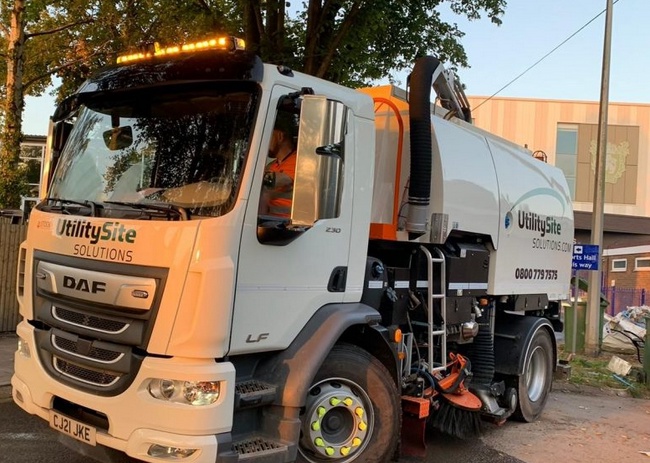Urban hygiene is an essential aspect of modern city living, contributing significantly to the overall health and well-being of residents. One critical component of this hygiene infrastructure is the efficient management of wastewater and drainage systems. In many urban areas, gully emptying vehicles have emerged as a revolutionary solution to address the challenges associated with maintaining clean and functional drainage networks.
The Challenge of Urban Drainage
As cities grow and urbanize, the demand on municipal services, including drainage and sanitation, increases exponentially. The efficient removal of wastewater and debris from gullies and stormwater drains becomes paramount to prevent flooding, waterborne diseases, and environmental pollution. Traditional methods of gully emptying often involve manual labor and are time-consuming, expensive, and pose significant health risks to workers.
The Gully Emptying Vehicle: A Technological Breakthrough
The introduction of the gully emptying vehicle marks a significant technological breakthrough in the realm of urban hygiene. These specialized vehicles are designed to efficiently and hygienically remove silt, debris, and other waste materials from gullies and stormwater drains. Equipped with powerful suction systems, these vehicles can quickly and thoroughly clean drainage systems without the need for extensive manual labor.
One key feature of these vehicles is their versatility. They are designed to navigate through narrow and congested urban streets, reaching even the most inaccessible gullies. This ensures a comprehensive cleaning of the entire drainage network, reducing the risk of blockages and enhancing the overall functionality of the system.
Efficiency and Cost-Effectiveness
The efficiency of gully emptying vehicles cannot be overstated. Compared to traditional methods that require a team of workers and manual tools, these vehicles can complete the task in a fraction of the time. This not only increases the overall productivity of municipal hygiene efforts but also significantly reduces labor costs.
Moreover, the cost-effectiveness of gully emptying vehicles extends beyond labor savings. By preventing the clogging of drainage systems, these vehicles contribute to the longevity and sustainability of urban infrastructure. The economic impact of reduced flooding, property damage, and health-related expenditures cannot be understated, making gully emptying vehicles a wise investment for municipalities.
Environmental Sustainability
In addition to their economic benefits, gully emptying vehicles contribute to environmental sustainability. The efficient removal of debris and pollutants from drainage systems helps prevent the contamination of water bodies and reduces the environmental impact of urban runoff. By maintaining clean and functional drainage networks, these vehicles play a crucial role in preserving ecosystems and biodiversity in urban areas.
Furthermore, the environmental impact of gully emptying vehicles is mitigated by their design features. Many modern vehicles in this category are equipped with advanced filtration systems to separate liquids from solids, allowing for responsible disposal of waste materials. This ensures that the overall ecological footprint of gully emptying operations is minimized, aligning with the global push for environmentally friendly urban management practices.
Challenges and Future Developments
While gully emptying vehicles have proven to be a game-changer in urban hygiene, there are still challenges to address. The initial capital investment required for municipalities to acquire these specialized vehicles can be a barrier for some. However, the long-term benefits and cost savings often outweigh the upfront costs, making it a strategic investment for cities looking to enhance their sanitation infrastructure.
Looking ahead, ongoing technological advancements in sensor technology, automation, and artificial intelligence present opportunities for further innovation in gully emptying vehicles. Smart sensors can be integrated to provide real-time data on drainage conditions, enabling proactive maintenance and reducing the likelihood of emergencies. Additionally, automation features can enhance the precision and efficiency of gully emptying operations, further streamlining the maintenance process.
Conclusion
The unveiling of gully emptying vehicles represents a pivotal moment in the evolution of urban hygiene. These specialized vehicles offer a practical and efficient solution to the challenges posed by urban drainage systems. Their impact goes beyond mere functionality, extending to economic benefits, environmental sustainability, and the overall well-being of urban populations. As municipalities continue to prioritize the health and cleanliness of their cities, the widespread adoption of gully emptying vehicles is poised to become a standard practice, ensuring that urban areas remain vibrant, sustainable, and resilient in the face of growing urbanization.


No comments yet